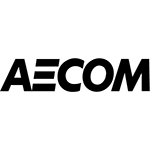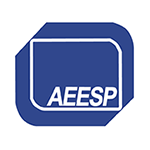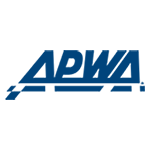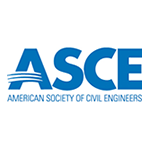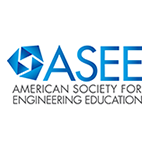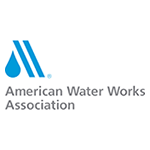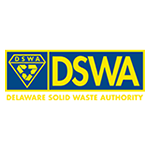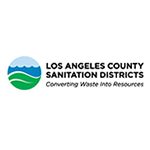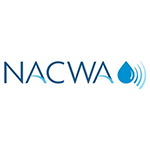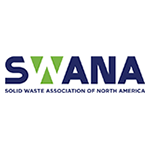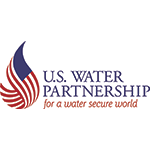- Home
- Contact Us
- News & Events
- Awards
- AAEES Awards Criteria
- 40 Under 40 Recognition Program
- Edward J.Cleary Award
- Excellence in Environmental Engineering and Science Education
- Gordon Maskew Fair Award
- Honorary Member
- International Honorary Member
- Ralph and Joe Bales Graber Science Award
- Stanley E. Kappe Award
- Environmental Communications Awards Competition
- Excellence in Environmental Engineering and Science Competition
- The AAEES Chapter Blue Marble Award
- Resources
- AAEES Microcredentials
- AAEES Press Releases
- AAEES Website How To VIdeos
- Environmental Engineer and Scientist
- Environmental Engineering Body of Knowledge
- PFAS Resources
- Specialty Examination Guide
- Students and Young Professionals Resources
- Who's Who in Environmental Engineering & Science®
- Leadership Opportunities
- Membership
- Donate
- Jobs
2018 Environmental Communications Awards Competition Winner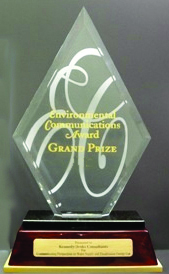 Honor AwardConverting Waste into Resources at the Sanitation DistrictsEntrant: Sanitation Districts of Los Angeles County Overview The Sanitation Districts have a legacy of cost-effectively converting waste into resources such as recycled water, renewable energy, and recycled materials. Southern California's complex jurisdictional boundaries have allowed this service to occur largely unnoticed for the past 95 years. However, the recent need to invest in aging infrastructure identified in the 2050 Master Facilities plan, made it essential to develop collaborative engagement as a strategy for realigning the comprehensive outreach program with evolving community needs. Over the past four years, the Sanitation Districts have promoted environmental sustainability through robust community partnering and engagement programs. Effective messaging requires active collaboration with community-based organizations including nonprofit groups, professional associations, educational institutions and sister agencies. The strategy supports lifelong engagement through environmental education materials developed for specific stakeholder groups. The Sanitation Districts plan uses a variety of communication platforms designed around regional interests (Neighbors, Professionals, Students) to reach specific stakeholder groups such as neighbors, professionals, and students. CollaborationThe Sanitation Districts invigorated its online public education strategy in 2014 with new platforms. The first step was to evaluate stakeholder groups and assess interests. Then mission centric content was developed specific to group interests. Platforms and stakeholder groups:
The collaboration strategy relies on content developed in many media that adjusts to evolving group interests. Outreach materials fill specific environmental education needs and are thereby re-broadcast, increasing the sphere of influence. The first phase focused on transparent communication by claiming rogue sites and pushing out accurate information. Once authentic content was accessible, the strategy shifted to interaction. To ensure that the strategy supports the Sanitation Districts' mission and vision all content is anchored in three core values. Each value includes a correlated guiding principle. LeadershipThe Sanitation Districts is a utility of the future that values innovative technology to better serve its stakeholders through innovation, compliance, and cost effectiveness.
IntegrityThe Sanitation Districts protect the public health and the environment through its commitment to operational excellence.
ServiceStakeholders play an essential role in sustaining local resources. Collaboration provides transparent communication to our Boards and the public.
Collaboration makes environmental educational resources available to teachers, students, and community groups. The Sanitation Districts recognizes that well-informed stakeholders are key drivers for sustainable infrastructure practices. The Sanitation Districts sponsor many educational opportunities including marine biology tours and in-class microorganism and water quality science labs. Articles about the local environment, employee profiles, and public service announcements, are posted. The plan also engages stakeholders with employees, the service the agency provides to the community, and appropriate investment that funds sustainable environmental infrastructure. The plan provides collaborative tools that strengthen stakeholders ability to analyze environmental issues through critical thinking, problem solving and decision making elements. The collaboration strategy addresses the complete education continuum from awareness to action and helps realize the fundamental goal of environmental stewardship. ResultsEach month, the team develops an analytics report examining key performance metrics, along with an analysis of the best performers to guide future environmental education development. From 2014 to 2018 the Sanitation Districts went from negative social media (such as rogue sites) to the results summarized below: Google My Business:
Yelp:
Facebook:
Twitter:
lacsd.org
In additional to these broader metrics, the collaboration strategy proved to be effective at promoting specific campaigns. Some examples are included below. Public Service AnnouncementsStaff has worked with the producers of the PBS show Curiosity Quest to develop public service announcements (PSA). This PSA highlights the Districts mission of converting waste into resources and features people from several positions throughout the agency. In a slightly shocking way, this PSA is intended to highlight the importance of sewer maintenance and only putting the 3 P's down the toilet. This PSA puts a group of high school kids to the test: can they distinguish between bottled water, recycled water and tap water? Rate IncreaseWhen it came time to propose rate increases, collaboration implemented a multi-faceted outreach strategy that included detailed website Q&A, public tours demonstrating infrastructure investment, and meetings. Staff developed mailers along with a series of posts emphasizing the importance sustainable infrastructure investment and highlighting the Sanitation Districts mission. The communication team also spoke to numerous reporters and wrote press releases explaining the increase in the local newspaper. Ultimately, the rate increase passed at the public hearing, held at Sanitation Districts monthly board meeting. This collaborative strategy provides multiple opportunities for stakeholders to learn about regional environmental topics and discover what Sanitation Districts are doing to protect the communities we serve. ConclusionThe Sanitation Districts collaborative strategy has revitalized the agency's community engagement and outreach programs. Traffic to the website is higher than ever before. Engagement metrics demonstrate that stakeholders are reading posts, visiting our website, and interacting to protect regional resources. The Sanitation Districts collaborative strategy keeps pace with rapid changes by working together to produce something new and useful. Click here to return to the list of 2018 winners. |


